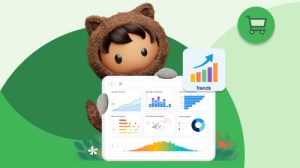With rising inflation and costs, organisations are relying more than ever on customer data to make informed decisions, retain customers, and increase profits. In fact, the Salesforce State of Commerce report reveals that 92% of Indian companies are using data effectively to understand customer behaviour. These data-driven insights can be applied across multiple scenarios to drive efficiency and provide better customer experiences. Which ultimately leads to more sales and greater profitability, the top priority for commerce professionals.
There are different ways in which you can harness customer data to inform your decision-making and enhance the customer experience.
Six effective ways of putting customer data into action for your organisation
Successful Indian organisations use customer data to support critical business growth initiatives for:
1. Acquiring new customers
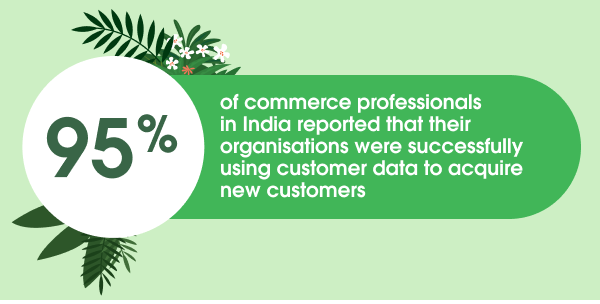
Customer data collected from every source and touchpoint of the customer journey, and unified into a single source of truth, offers a 360-degree view of potential customers. Multiple teams – from marketing to product merchandising – use these insights to align product narrative and customer communication to customer preferences.
Data from a customer’s purchase history and preferences can help customise messaging. It can also be used to deliver personalised customer experiences and improve conversions. Such tailored experiences and offerings let you differentiate yourselves from competitors and acquire and retain high-value customers.
2. Understanding customer behaviour
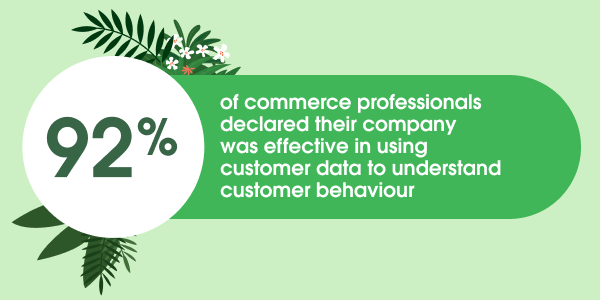
For many companies, customer data offers a way to enhance customer engagement and better understand consumer behaviour. By studying customer behaviour, as well as their reviews and feedback, you can choose the right digital marketing channels, goods or services to better address the current demand.
For instance, by analysing the average number of days before festival-related shopping peaks, you can stock up on inventory and decide the right date to launch a marketing campaign for maximum engagement.
3. Improving operational efficiency with process automation
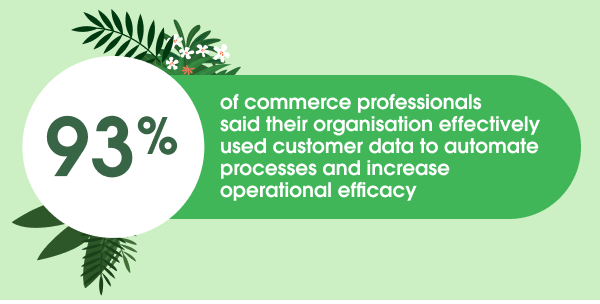
With process mining tools that combine data mining and process analytics, you can assess the impact of your existing processes, systems, and people on customer behaviour and course-correct where necessary. For example, your payment strategy can help you address issues like cart abandonment, iron out inefficiencies and improve the buying experience. You can also employ process-related customer data and event logs to look for potential compliance breaches and prioritise areas for enhanced security and automation.
Build lasting customer relationships with personalised experiences
Click here to learn how Salesforce Commerce Cloud helps drive business growth



4. Connecting commerce with other areas of the business

Customer data analysis provides valuable insights into customer behaviour, market trends, and operational efficiency, letting you make informed decisions. Some examples:
- Customer data analysis enables personalisation of marketing messages, which can result in increased customer engagement.
- Optimising inventory management by using insights derived from customer data analysis to avoid stockouts, reduce waste, and improve cash flow.
- Providing customer service agents with relevant information about a customer’s past interactions and preferences improves customer service.
When all departments work together to align messaging, solutions, and offerings with a customer’s preferences and tastes, it can significantly improve the overall customer experience. This, in turn, can lead to increased sales and greater profitability for the business.
5. Informing marketing or business strategy
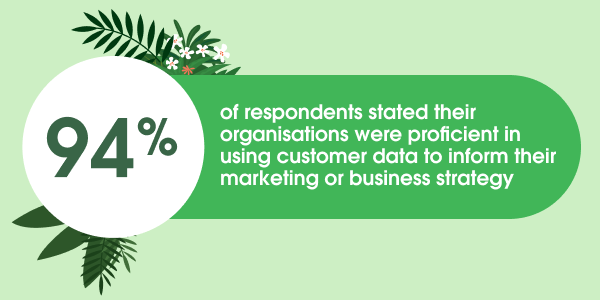
You can use contextualised data for optimising marketing efforts, including creating personalised offers and running personalised marketing campaigns. This helps you improve the customer experience and also develop a better understanding of future buying patterns. By targeting specific customer segments in this manner, you can increase the effectiveness of your campaigns and drive more sales.
By applying analytics to customer data, you can also identify your top-selling products and pricing sweet spots. This will enable you to optimise your pricing strategy and increase revenue.
6. Personalising commerce initiatives
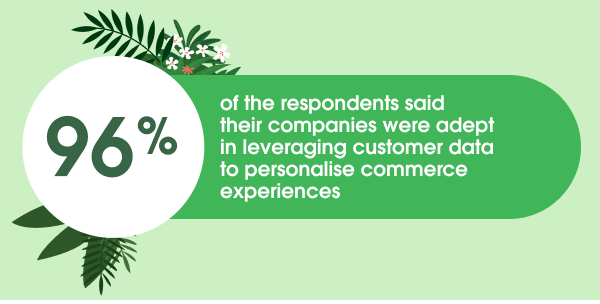
Customer data helps drive personalisation strategies by providing insights into preferences, behaviour, and needs. For example, data on milestone events like birthdays, anniversaries, can be used to provide personalised product recommendations, special offers for specific product categories, customise website layout for improved messaging, etc. Customer data also gives an idea about preferred touchpoints and channels, which you can leverage to cross-sell, upsell and send out personalised communication.
Use data to move faster and lower costs with an all-in-one commerce solution
To effectively harness customer data, you require an all-in-one solution that can collect and consolidate data from various sources, analyse it, and present relevant information to different departments. This enables teams to make data-driven decisions and optimise operations to improve the overall customer experience.
With Salesforce Commerce Cloud, you can use real-time customer data to deliver personalised customer experiences across mobile, digital, and social platforms. When combined with Customer 360, Commerce Cloud acts as a single source of customer truth, gathering, harmonising, and analysing data coming from multiple sources.
It equips you with:
- Multi-channel commerce solutions to connect with customers across their preferred platforms.
- AI-powered personalisation (based on purchase history, browsing behaviour, etc.) to design seamless, connected customer journeys at scale.
- Marketing and merchandising tools to create targeted campaigns and promotions, optimise product listings, and manage pricing and discounts based on customer preferences and behaviours.
Explore how industry leaders are preparing for what’s next in commerce
Download the Salesforce State of Commerce Report



